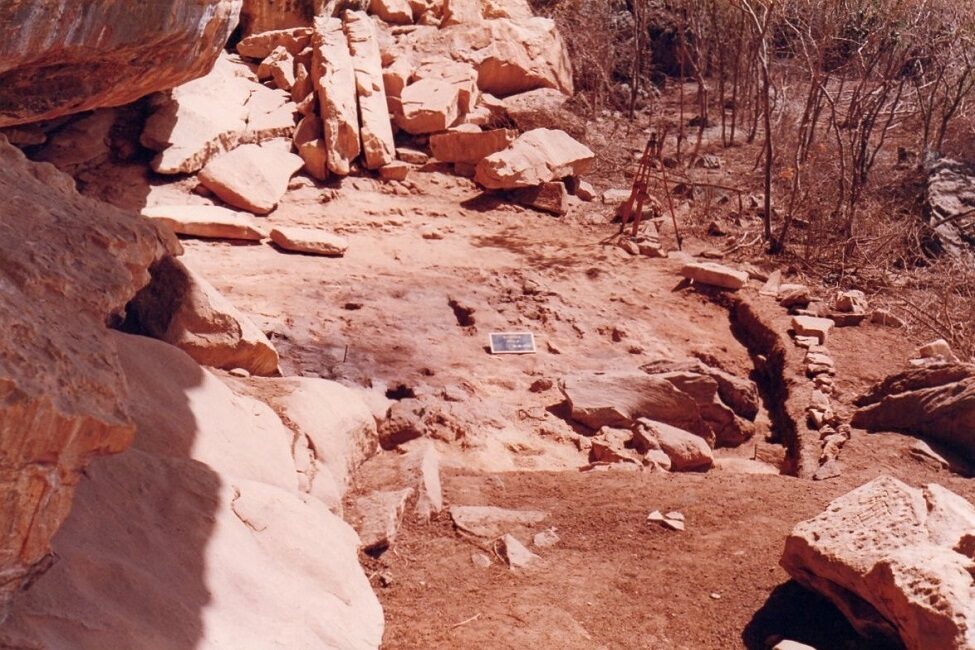
© Henry Lavalle, Universidade Federal de Pernambuco and Ana Nascimento, Universidade Federal Rural de PernambucoThe Alcobaça archaeological site, in which the skeletal remains of Brazil-12 (northeast Brazil) were unearthed.
The Americas were the last continent to be inhabited by humans. An increasing body of archaeological and genomic evidence has hinted to a complex settlement process. This is especially true for South America, where unexpected ancestral signals have raised perplexing scenarios for the early migrations into different regions of the continent.
Many unanswered questions still persist, such as whether the first humans migrated south along the Pacific coast or by some other route.
While there is archaeological evidence for a north-to-south migration during the initial peopling of the Americas by ancient Indigenous peoples, where these ancient humans went after they arrived has remained elusive.Using DNA from two ancient human individuals unearthed in two different archaeological sites in northeast Brazil - Pedra do Tubarão and Alcobaça - and powerful algorithms and genomic analyses,
Florida Atlantic University researchers in collaboration with
Emory University have unraveled the deep demographic history of South America at the regional level with some unexpected and surprising results.
Not only do researchers provide new genetic evidence supporting existing archaeological data of the north-to-south migration toward South America, they also have discovered migrations in the opposite direction along the Atlantic coast - for the first time.
The work provides the most complete genetic evidence to date for complex ancient Central and South American migration routes.Among the key findings, researchers also have discovered evidence of Neanderthal ancestry within the genomes of ancient individuals from South America. Neanderthals are an extinct population of archaic humans that ranged across Eurasia during the Lower and Middle Paleolithic.
Results of the study, published in the journal
Proceedings of the Royal Society B. (Biological Sciences), suggest that human movements closer to the Atlantic coast eventually linked ancient Uruguay and Panama in a south-to-north migration route - 5,277 kilometers (3,270 miles) apart. This novel migration pattern is estimated to have occurred approximately 1,000 years ago based on the ages of the ancient individuals.

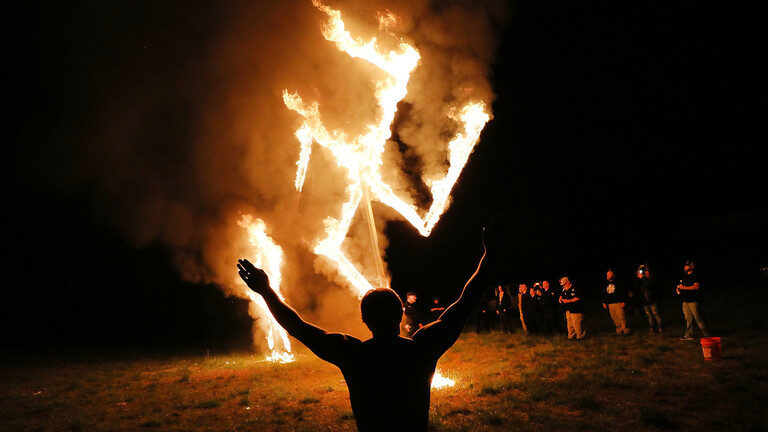
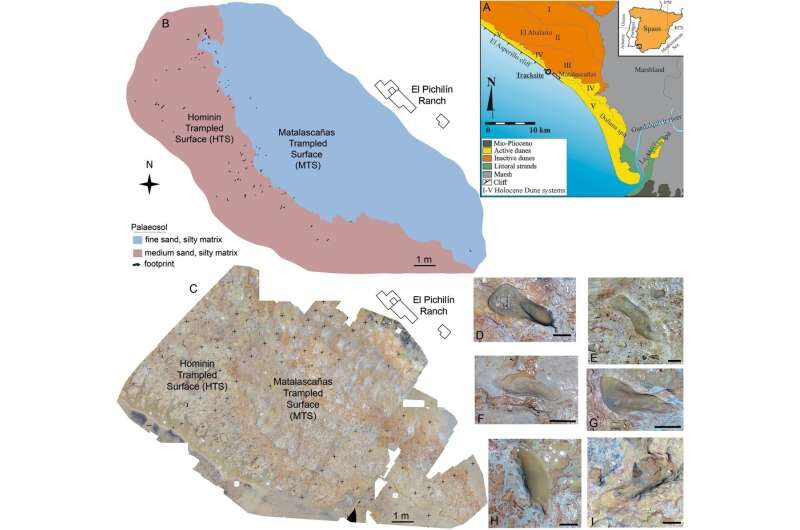

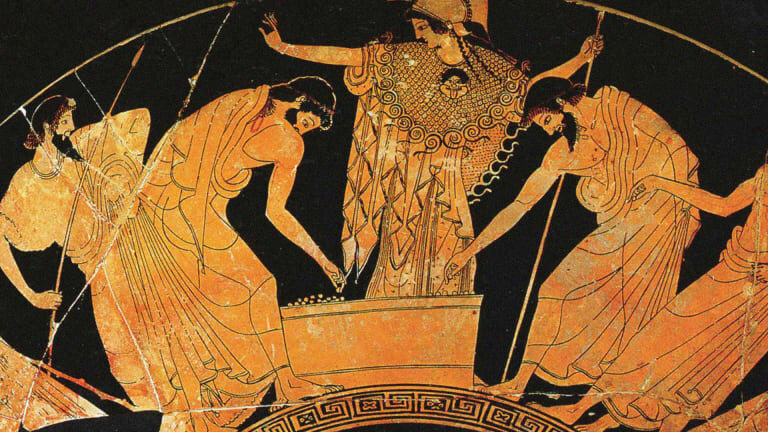
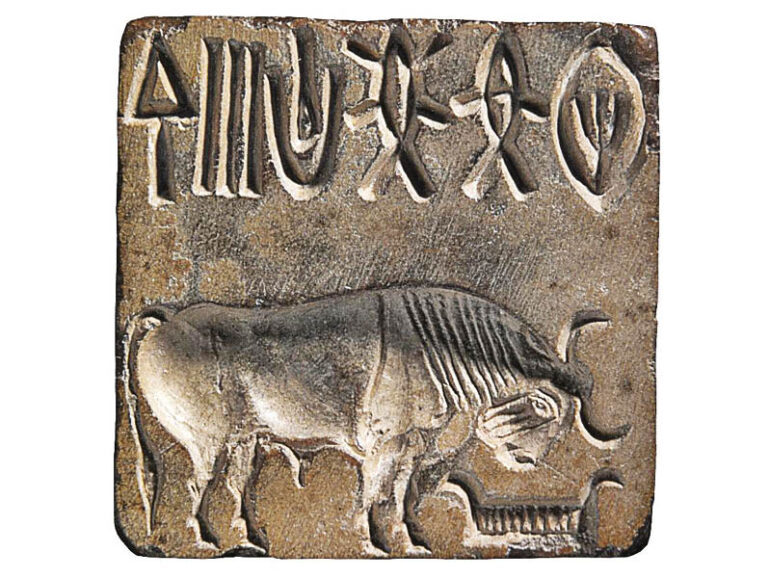
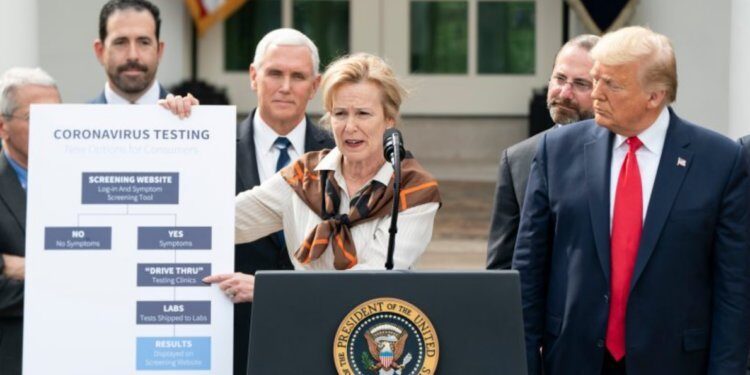
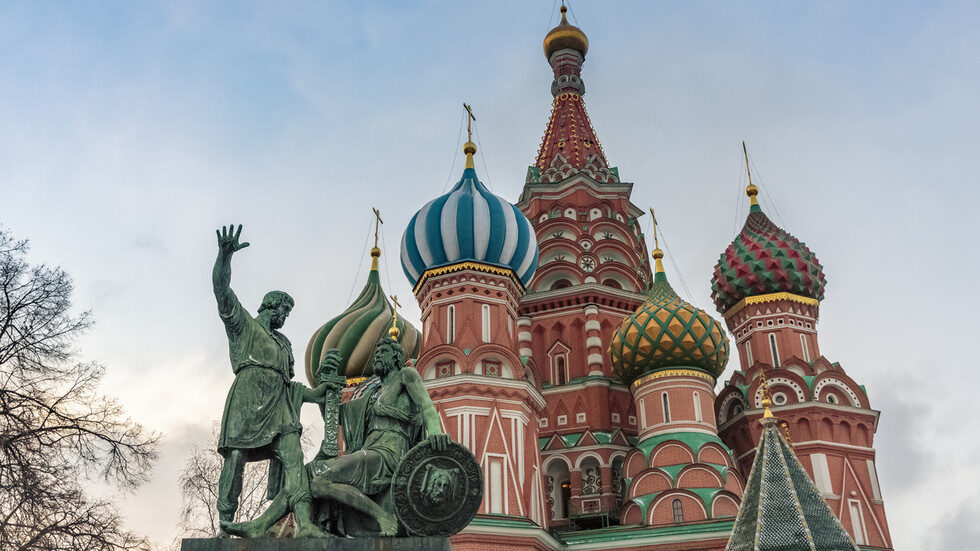





Comment: See also: